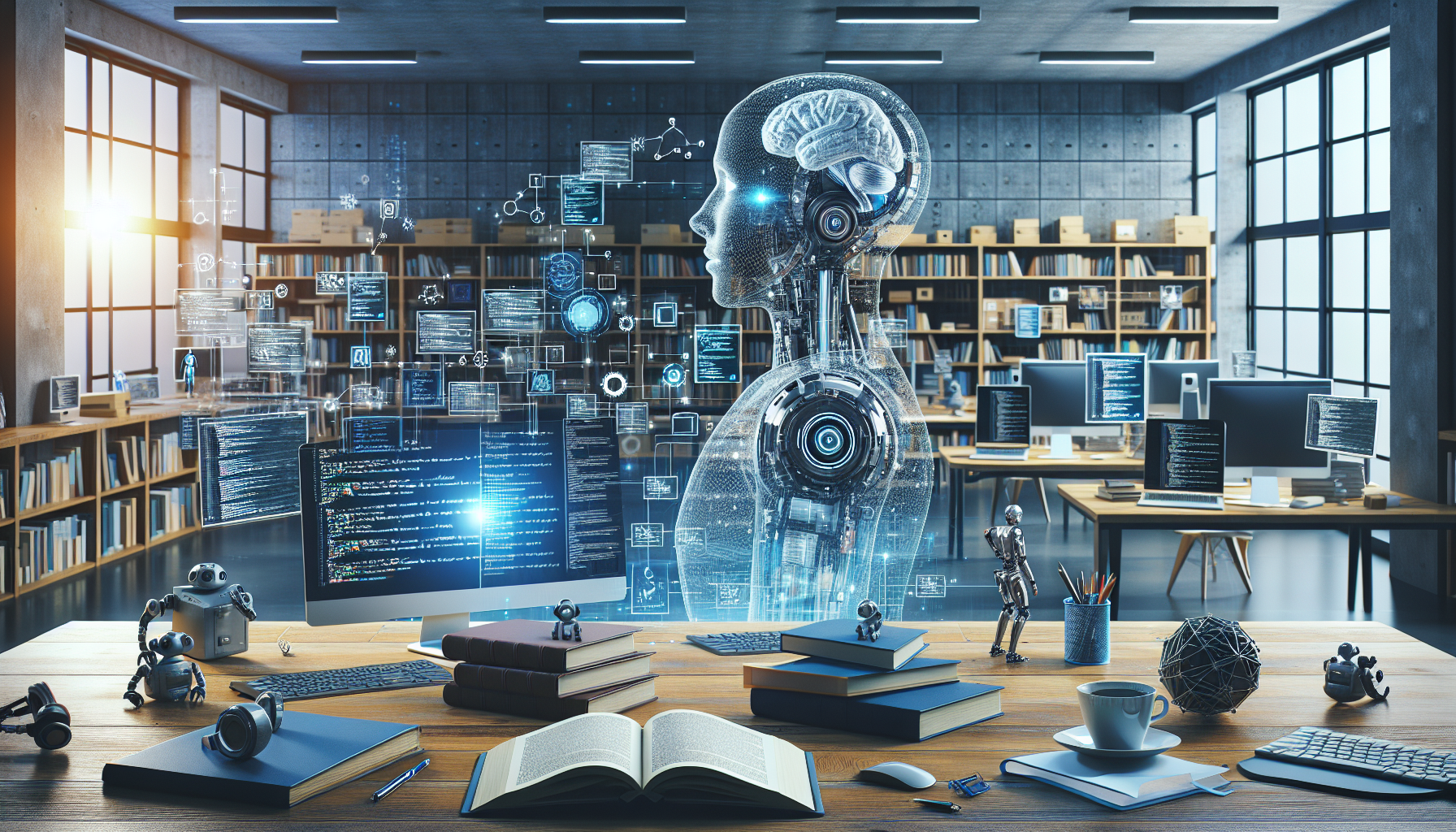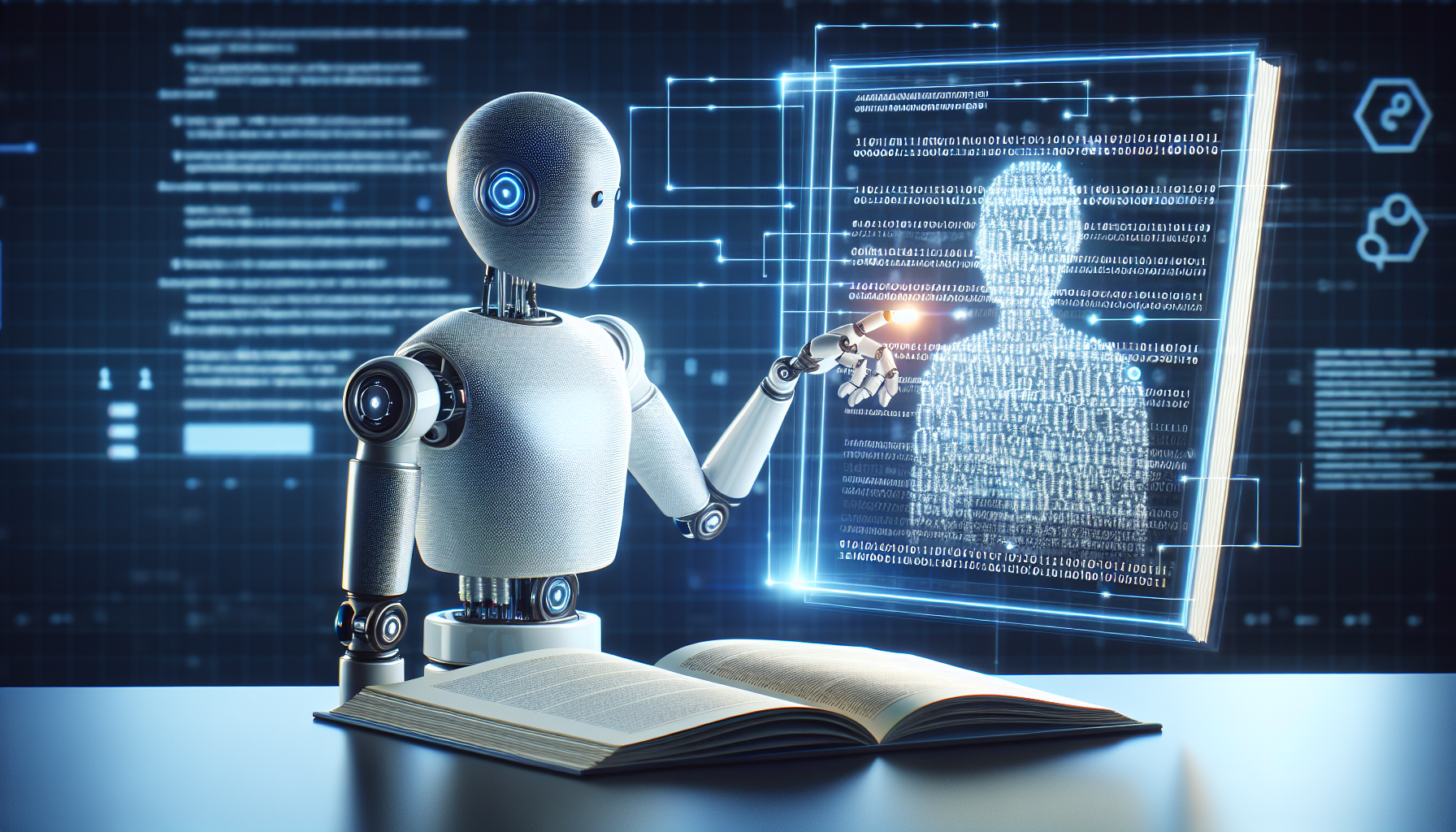
AI and Aging: A Technical How-to Guide for Supporting an Aging Population with Technology
August 9, 2025
Artificial intelligence (AI) is transforming the ways in which we support our aging population, offering innovative solutions to enhance the quality of life for older adults. This guide delves into the technical applications of AI tailored for the aging demographic, highlighting how these technologies can be effectively implemented to address various challenges associated with aging.
**Understanding the Needs of an Aging Population**
Before integrating AI solutions, it's essential to comprehend the specific needs of older adults. These needs often encompass healthcare management, mobility assistance, social engagement, and cognitive support. A detailed assessment of these areas enables the creation of targeted AI applications that provide tangible benefits.
**Healthcare Management with AI**
AI-driven healthcare applications are revolutionizing the management of chronic conditions, medication adherence, and health monitoring. Machine learning algorithms can analyze vast datasets from wearable devices to provide real-time health insights. For instance, predictive analytics can forecast potential health issues by identifying patterns in biometric data, enabling proactive interventions.
To implement AI in healthcare, consider using platforms that offer interoperability with existing health IT systems. Integrating AI tools with electronic health records (EHRs) ensures seamless data flow and enhances the accuracy of health assessments. Additionally, AI-powered virtual health assistants can facilitate remote consultations, providing older adults with access to healthcare professionals without the need for physical travel.
**Enhancing Mobility through AI**
Mobility is a critical aspect of independence for older adults. AI technologies, such as computer vision and robotics, can significantly improve mobility solutions. Autonomous vehicles equipped with AI can offer safe transportation options, while robotic aids can assist with in-home mobility.
When deploying AI for mobility, ensure the technology is user-friendly and adaptable to the varying levels of physical capability among older adults. Collaborate with developers to design interfaces that prioritize ease of use, such as voice-activated commands and intuitive navigation systems.
**Promoting Social Engagement**
Social isolation is a prevalent issue among the elderly, and AI can play a pivotal role in fostering connections. AI-powered communication platforms can facilitate interaction with family and friends, while virtual companions can provide companionship and mental stimulation.
To maximize social engagement, consider platforms that incorporate natural language processing (NLP) to enable fluid, meaningful conversations. AI chatbots and virtual companions should be capable of recognizing emotional cues and responding empathetically, making interactions more human-like and engaging.
**Cognitive Support and Stimulation**
AI applications can support cognitive health by offering personalized brain-training exercises and activities designed to maintain mental acuity. Machine learning algorithms can tailor cognitive tasks to the individual, adjusting difficulty levels based on performance and progress.
In implementing AI for cognitive support, prioritize platforms that offer diverse activities to cater to different interests and cognitive abilities. Ensure that these applications provide feedback and progress tracking, allowing users to monitor their cognitive health over time.
**Data Privacy and Ethical Considerations**
As with any technology, the implementation of AI for an aging population must prioritize data privacy and ethical considerations. AI systems should be designed with robust security measures to protect sensitive health and personal information. It is crucial to communicate transparently with users about data usage and obtain informed consent for data collection and analysis.
**Future Directions in AI for Aging**
The potential for AI to support an aging population is vast, with ongoing advancements in machine learning, robotics, and sensor technologies. Future directions may include the development of AI systems capable of predicting and preventing age-related diseases, as well as personalized wellness programs that adapt to the changing needs of individuals as they age.
The integration of AI into the lives of older adults presents an opportunity to redefine aging, shifting the focus from merely managing decline to enhancing life quality. As we continue to explore these possibilities, one must ponder: how can we further leverage AI to unlock new dimensions of support and empowerment for our aging population? This question invites ongoing exploration and innovation in the field, challenging us to continuously harness technology for the betterment of society.


